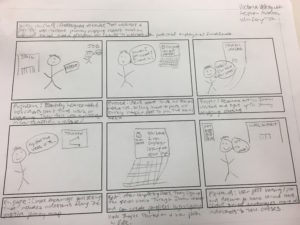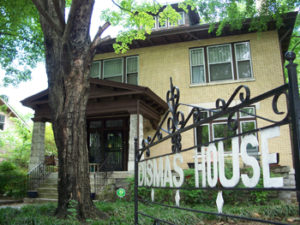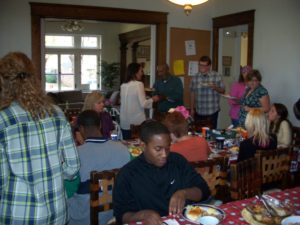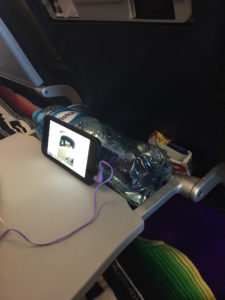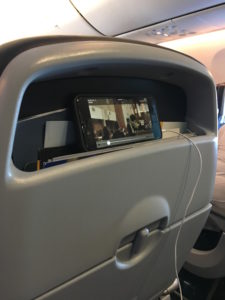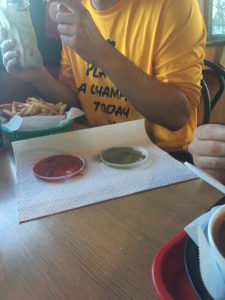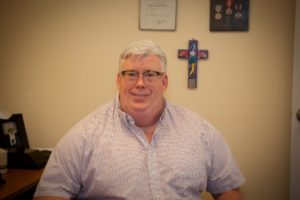Ethnography Summary
Wen-Cong Toh investigated the effect of having a disciplinary record at Notre Dame on job or graduate school applications. To do this, I talked to a few medical school deans and looked at different consulting and finance job applications for entry-level positions.
Dates: Throughout March and April
Type: Analogous Immersion
Location: In Hesburgh Library or in Jordan Hall of Science (speaking with medical school deans after presentations)
Employment/Graduate School Options Investigated:
- University of Chicago Medical School: The dean said that she normally asks the medical school advisor here at Notre Dame about the severity of any violation before coming to a decision about it (giving the advisor a chance to vouch for the applicant’s character or explain if Notre Dame is just really strict in a certain area). However, the dean also stated that it always plays some role in the final admission decision, especially between similarly qualified applicants, as it shows immaturity and irresponsibility.
- Loyola Stritch School of Medicine: The dean here said similar things to the one from the University of Chicago, and made it clear that disciplinary records are judged on a case by case basis. She said that the severity of the violation, the year it took place, changes the student has made, and character references in letters of recommendation, would all be taken into account. However, a student with a clean record would still obviously be viewed better in that aspect compared to a student with community standard violations.
- Triage Consulting: No where on the application did it ask for my disciplinary record. They only asked if I had been convicted of a crime. When I asked the recruiter why this was, he said that serious violations that result in suspension would be observed in the transcript. In those cases, they were unlikely to accept the candidate, regardless of other qualifications.
- Health for America Fellowship: They asked me in the first round interview if I had any academic or conduct violations on my record at Notre Dame and if yes, to describe what happened and how I learned from it. If I had answered yes, it would have probably made me feel very uncomfortable and the interview quickly turned to feel more like an interrogation.
Top Learnings:
- Graduate schools seem to weigh conduct violations much more seriously than employers. This may be because you would once again be in an academic setting, and representing the school as a student (less freedom than a regular job).
- Like the housing search immersion as an ex-convict, this whole process was generally vague and ambiguous, and the deans/recruiters were reluctant to discuss it. It is a very discretionary process with no objective guidelines or benchmarks being used. The school and company websites were no help as well, so many times, the applicant would be applying blind, with no idea how their conduct violation would affect their chances.
Key Insight – While it is obviously very different from being formerly incarcerated, asking about and explaining conduct violations game me a very similar feeling to the immersion I conducted. I felt uncomfortable, awkward, and embarrassed, as none of these schools/employers I spoke to gave a signal that they would embrace the idea of giving second chances. If I had a serious conduct violation on my Notre Dame record, it would have definitely made the job searching process much harder and even more stressful.
